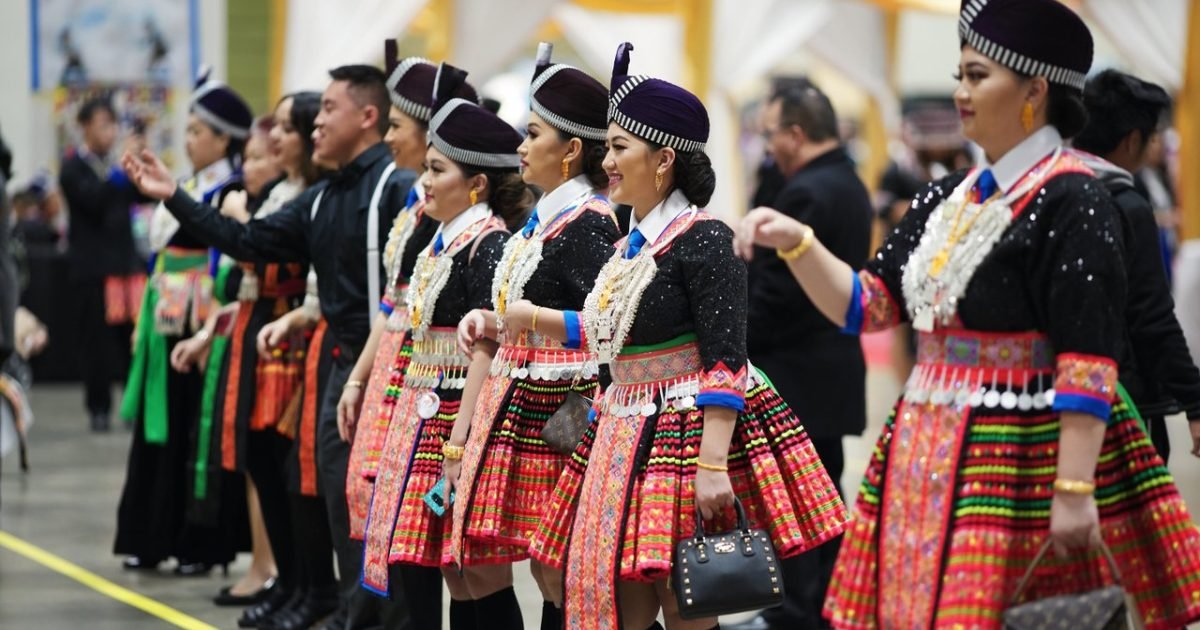The multicultural fabric of Australia is woven from countless communities and backgrounds, each contributing to the nation’s rich tapestry of culture and heritage. One of these communities, lesser-known yet impactful, is the Hmong ethnic group. Originating from Southeast Asia, particularly from countries like Laos, Vietnam, and Thailand, the Hmong have a history that intersects with global geopolitics, migration, and resilience.
Historical Context
The Hmong people traditionally inhabited mountainous regions in Southeast Asia. Over centuries, they maintained a distinct cultural and linguistic identity despite being surrounded by dominant ethnic groups. Their history is marked by resistance, first to Chinese domination and then to other regional powers.
During the Vietnam War, the Hmong found themselves caught in the crossfire. Many were recruited by the CIA to fight against the Pathet Lao and North Vietnamese Army in what is known as the “Secret War” in Laos. When the war ended, thousands of Hmong faced persecution due to their alignment with the US. This prompted a significant exodus, with many Hmong people seeking refuge in other countries, including Australia.
Migration to Australia
The first wave of Hmong refugees arrived in Australia in the late 1970s and early 1980s. They were part of the broader Indochinese refugee movement following the Vietnam War. The Australian government, recognizing the humanitarian crisis, responded by offering resettlement to many displaced communities, including the Hmong.
Settling primarily in New South Wales and Victoria, the Hmong community faced the familiar challenges of adapting to a new country, including language barriers, employment, and maintaining their cultural identity.
Cultural Preservation and Contribution
Over the years, the Hmong community in Australia has worked diligently to keep their traditions alive while also integrating into the broader Australian society.
Language and Education: Community-driven initiatives have been set up to teach younger generations the Hmong language and about their rich history and traditions.
Festivals and Celebrations: The Hmong New Year is a significant celebration, often marked by colorful clothing, traditional music, dance, and food. It’s a time for the community to come together, reflect on the past, and hope for the future.
Arts and Crafts: The Hmong are renowned for their intricate embroidery and textile arts. These traditional crafts, passed down through generations, have found a market in Australia, with many appreciating the unique designs and craftsmanship.
Challenges and the Way Forward
Like many refugee communities, the Hmong in Australia have faced challenges. From initial resettlement difficulties to occasional bouts of racial discrimination, the journey hasn’t always been smooth. Yet, with community cohesion and support, along with the broader acceptance by Australian society, the Hmong have continued to thrive.
The younger Hmong generation, born and raised in Australia, is playing a pivotal role. They are the bridge between their rich ancestral heritage and their Australian identity. Many are taking on leadership roles, both within the community and in the broader Australian landscape, ensuring that the Hmong voice is heard and their legacy preserved.
Conclusion
The Hmong community in Australia is a testament to the resilience and strength inherent in migration stories. Their journey, from the highlands of Southeast Asia to the bustling cities and serene countryside of Australia, reflects a pursuit of safety, better opportunities, and a brighter future. In their quest, they have enriched Australia’s multicultural identity, adding another vibrant thread to the nation’s diverse tapestry.
#3Hmoob #Hmong #Hmoob



